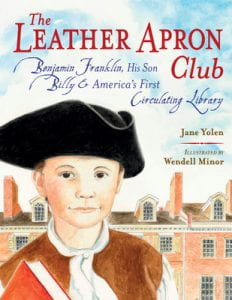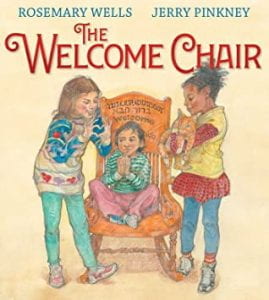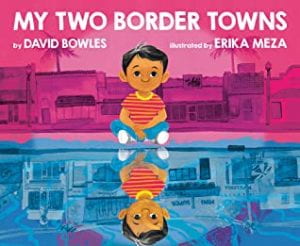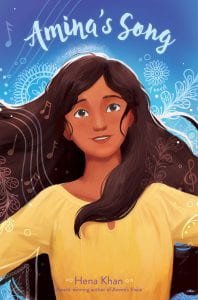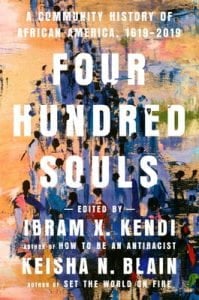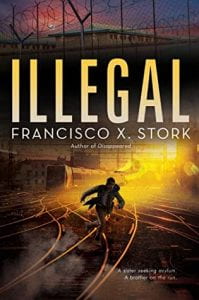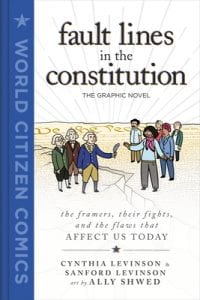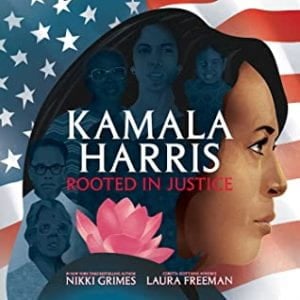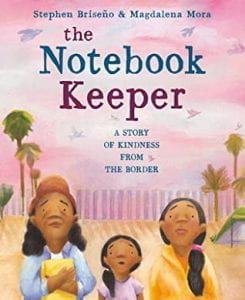 Briseñ, Stephen. The Notebook Keeper: A Story of Kindness from the Border. Illustrated by Magdalena Mora. Random House Studio, 2022. 978-0-593-30705-2. $17.99. 41 p. Grades 2-8.
Briseñ, Stephen. The Notebook Keeper: A Story of Kindness from the Border. Illustrated by Magdalena Mora. Random House Studio, 2022. 978-0-593-30705-2. $17.99. 41 p. Grades 2-8.
One morning Mamá tells Noemí they are going on a long walk. Their home in Mexico is no longer safe. Noemí may only bring the things she can carry. When the two arrive at the border, they are told they must find the notebook keeper and get their names into the book before they can be selected to petition for asylum in the United States. Belinda, the notebook keeper, is a volunteer. She too is an asylum seeker. Belinda assures Noemí that everything will be alright, and gives Noemí and her mother the number 653. Noemí and her mother try to wait patiently as days turn into weeks, and their number is not called. Noemí notices that Belinda is always positive and kind to the many people she encounters waiting to cross the border. Belinda tells Noemí that when her own number is called she will pick a new notebook keeper who is kind and generous. Noemí makes a decision to try to be like Belinda, performing small acts of kindness for others waiting to cross at the San Ysidro Border Checkpoint in Tijuana. When Belinda’s number is called she passes the position of notebook keeper on to Noemí and Mamá who promise to encourage and care for all of the asylum seekers on the list. The author’s note explains that this book is based on true events that occurred at the San Ysidro Border Checkpoint for many years. The notebook keeper system ended when the border was closed in 2020 at the onset of the Covid-19 pandemic.
THOUGHTS: Illustrated by Magdalena Mora, this is a well-written book depicting some of the challenges faced by young asylum seekers. Waiting is hard for small children and adults alike. It can be difficult to remain hopeful, kind, and generous in the face of fear and anger, but there are always good people who are willing to help others. A gentle introduction to the issues faced by asylum seekers at the southern US border.
Picture Book Anne McKernan, Council Rock SD

